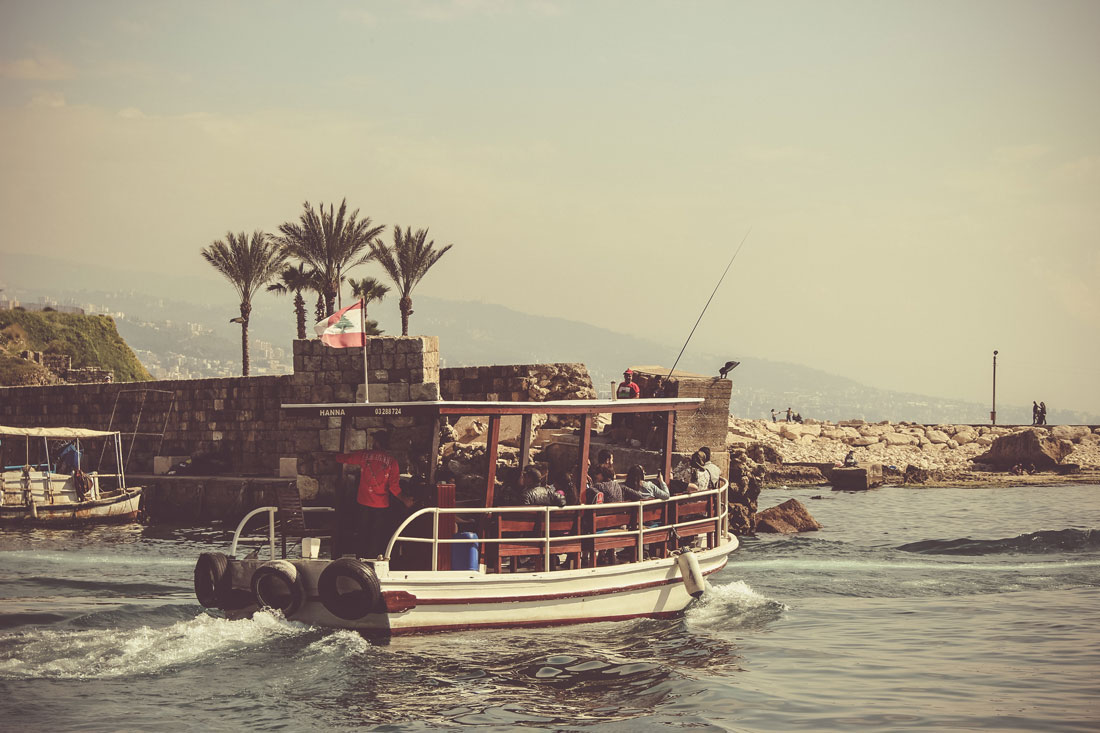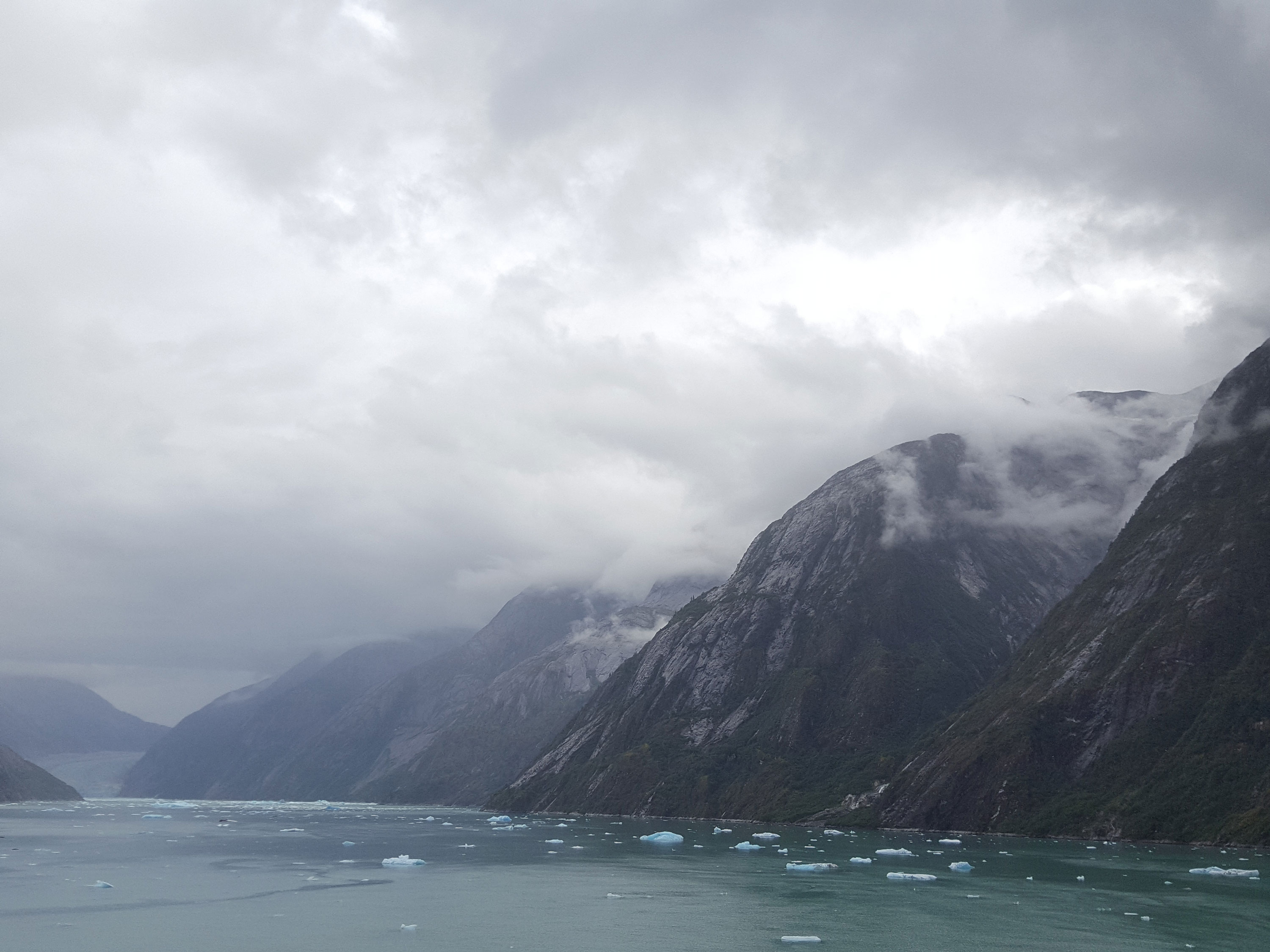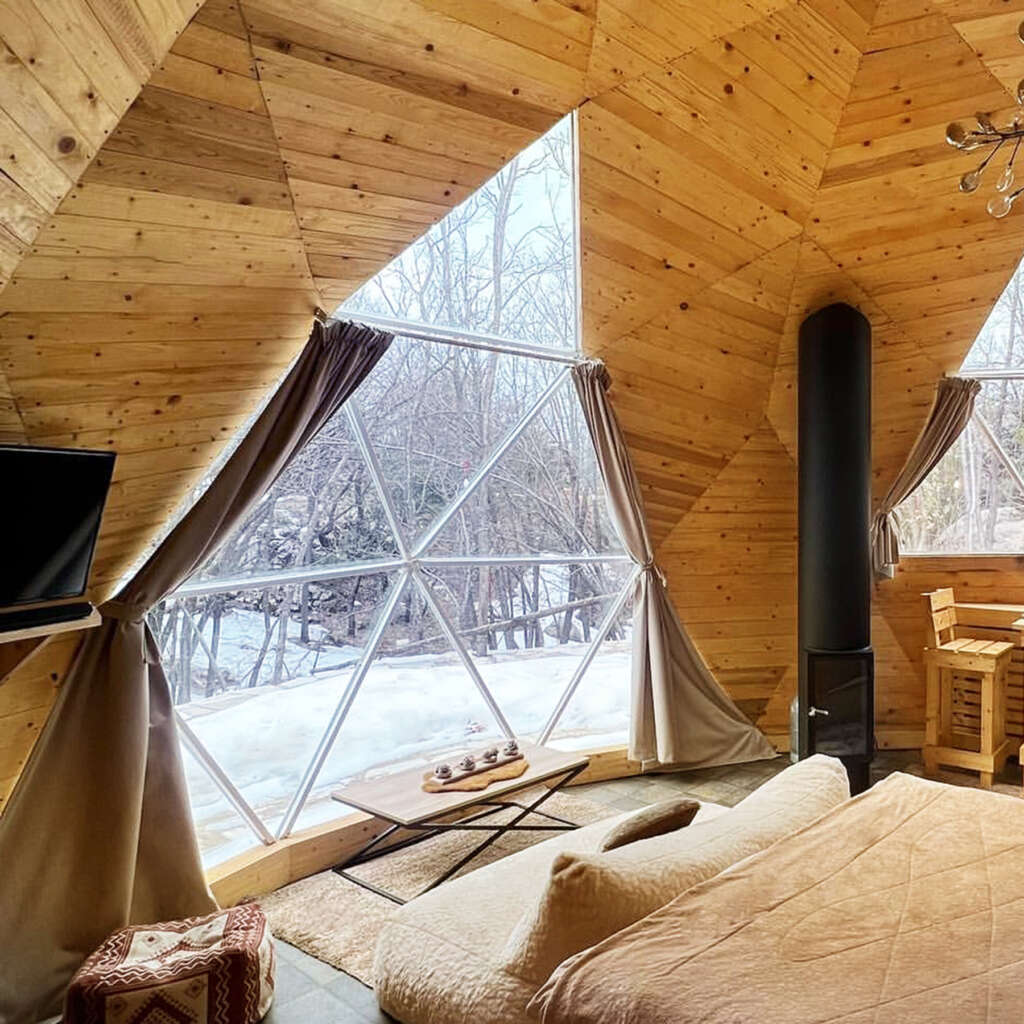
It’s been almost four years since I left my home in Beirut and moved to Japan. In that time I’ve immersed myself in Japanese architecture, visiting temples and shrines, exploring Zen gardens, and gazing at the exquisite detailing found in Japanese structures. Now I found myself back at Beirut international airport. Everything seems different. Having to return home and replace my newfound lens on the world was sort of shocking to me. I guess that is why they call it an anti-culture shock after all.
I was departing from the airport when I was kindly welcomed by an old man with a carriage offering to help. My legs naively steered me towards his carriage because the considerate [and free] Japanese hospitality was still anchored in my mind. I had to, figuratively speaking, slap myself and guide myself away – I recalled that I had to be more careful here. I woke up to the notion that being Lebanese wasn’t my identity anymore.
I was glad to visit my hometown, not because of the airport service for sure, but because of my family and friends.
It was my sister who welcomed me home, standing on our family’s front balcony awaiting my arrival. She was eager to share with me that she had reserved a unique cabin experience for the family; a geodetic dome in the mountains of Kfardebian, located some 45 kilometers north of Beirut. Leaving the humid Mediterranean weather and crowded streets of Beirut had landed us in the snowy setting of the Kfardebian mountains, which hosts some of the oldest and largest skiing resorts in the region. We weren’t going to ski or snowboard, however, but planned to enjoy each other’s company in a well-designed, architect-inspired setting.
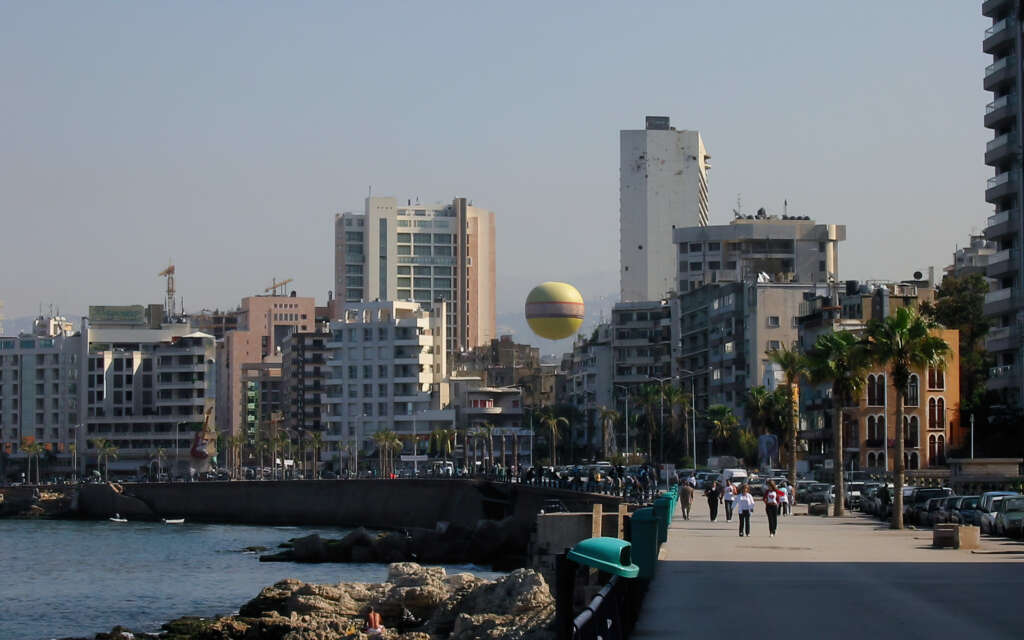
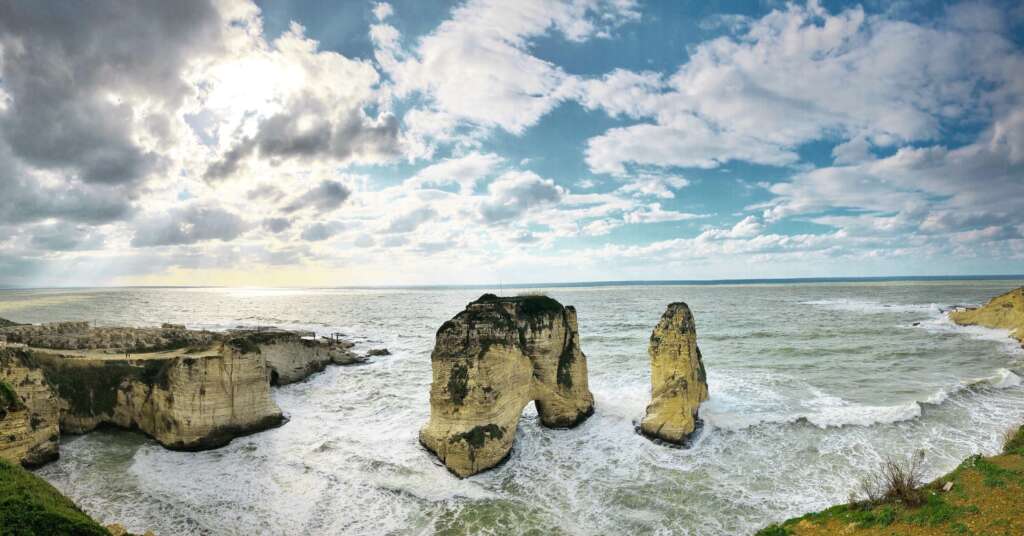
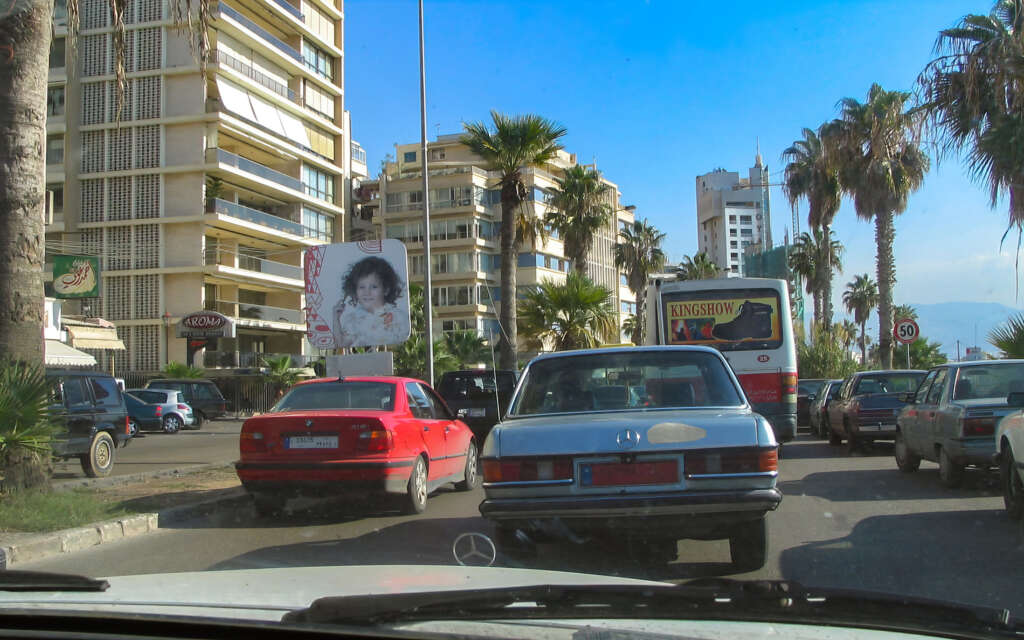
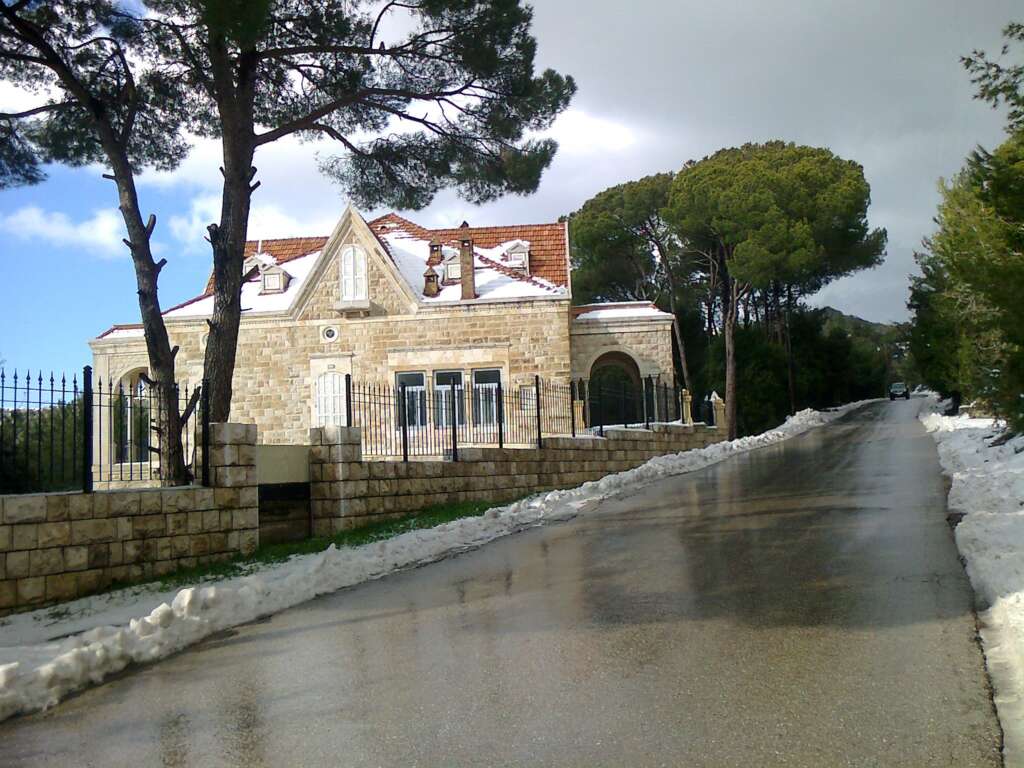
We were heading towards a resort called The Dome, which contained an array of igloo-shaped steel diagrid assemblies that sells a unique vacation experience with a view, warmth in a vast snowy context, and coziness under falling snowflakes. We arrived there at night, welcomed by a few domes lightly nestled in the snow. It overlooked the mountains in the distance and with a million stars up above. We parked our car and made our way up the snowy steps with the assistance of a guide who showed us the way and handed us the keys.

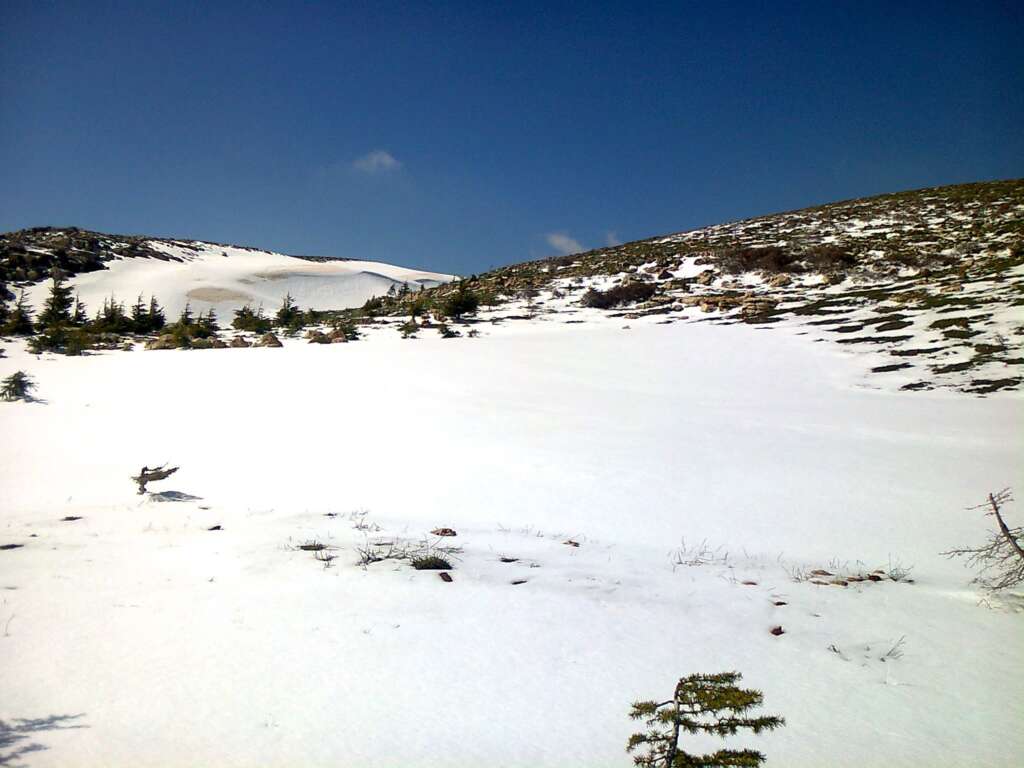
When we opened the door, we were welcomed with a vast interior; seating and beds faced towards the main view, and a kitchenette and bathroom tucked in the back. But it was cold outside and all we were seeking in that moment was warmth, which we treated ourselves to thanks to a central chimney.
Extreme weather, of course, was one of the primary reasons architecture existed in the first place (aside from the necessity to seek shelter from hostile predators). We often forget that explicit purpose in architecture, perhaps because it has evolved from its primary goal long ago. Today, we think of what more we can have and how more comfortable we can become. Thus, we recreate scenarios like domes in the snow, and guide ourselves to cold places with warm fires, to have a sense of “safe” adventure while reminding ourselves of the realities of the elements within which we live. In that way, architecture becomes more of an art.

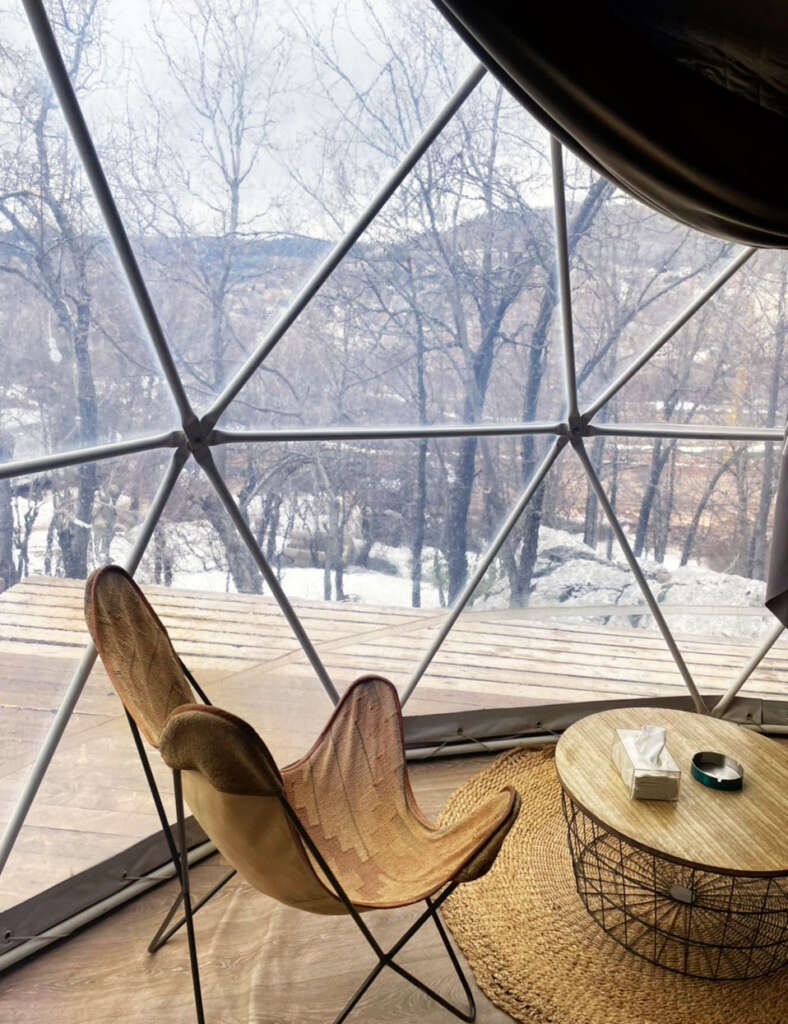
Despite the fire, much of the interior features felt like they were competing to supply us with the necessary physical and mental warmth for survival. Textures like wood, fur, and fiber were found throughout – wooden planks held up the bed, and clad the interior walls and separators. A fiber carpet was laid down, and furry cushions and blankets were spread throughout.
The project reminded me of the thermal glass igloos found in Finland, which also sell warmth at a location privileged to witness the northern lights.
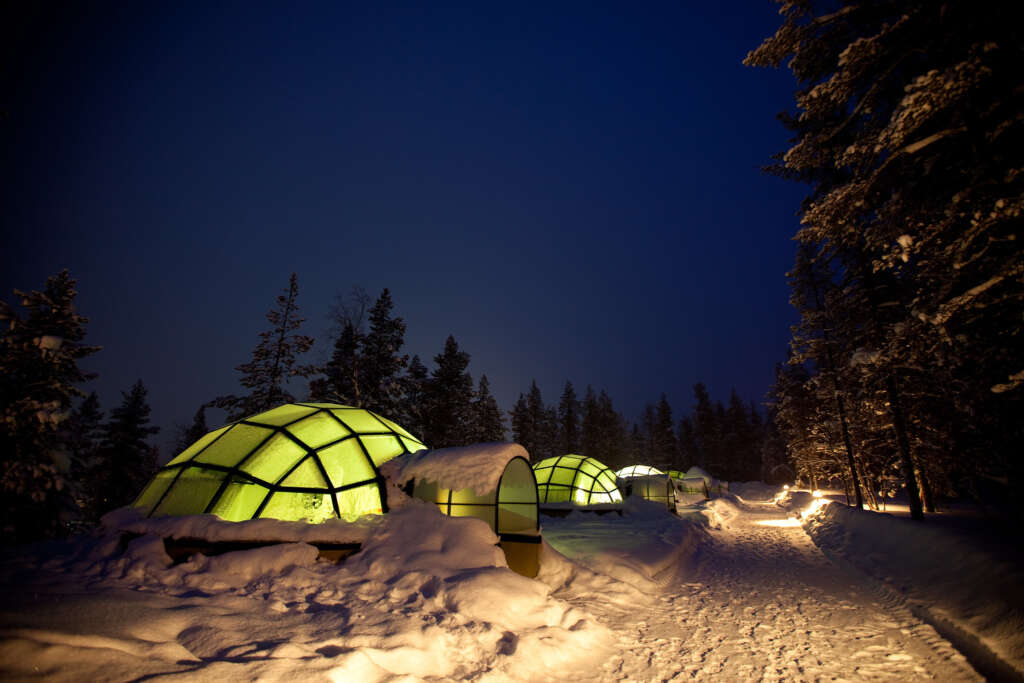
Another project that came to mind was the Eden Project in Cornwall, England.. It comprised a couple of massive EFTE membrane-inflated geodesic domes that formed a tropical escape from the dull, icy weather on their doorstep.
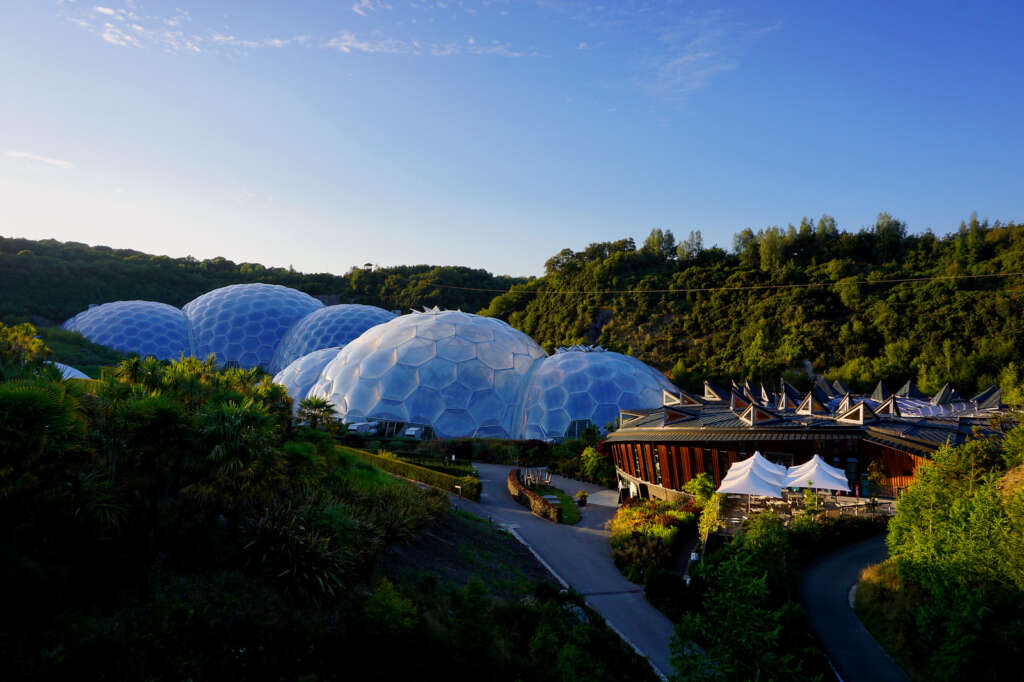
Having survived the experience, it reminded me that temperature and thermal comfort is a necessary and fundamental consideration in dome design. Designers can make the most of selective materials and textures but if we forget the original purpose of these structures than it is nothing more than decoration.
Driving back to the comforts and security of city life, I couldn’t help but gaze in awe at the distant mountains and ponder over the paradox of nature. While we enjoy being in nature’s soothing presence, we simultaneously fear its unpredictable surprises. Therefore, we continuously find ourselves sheltering from it while contemplating it.

